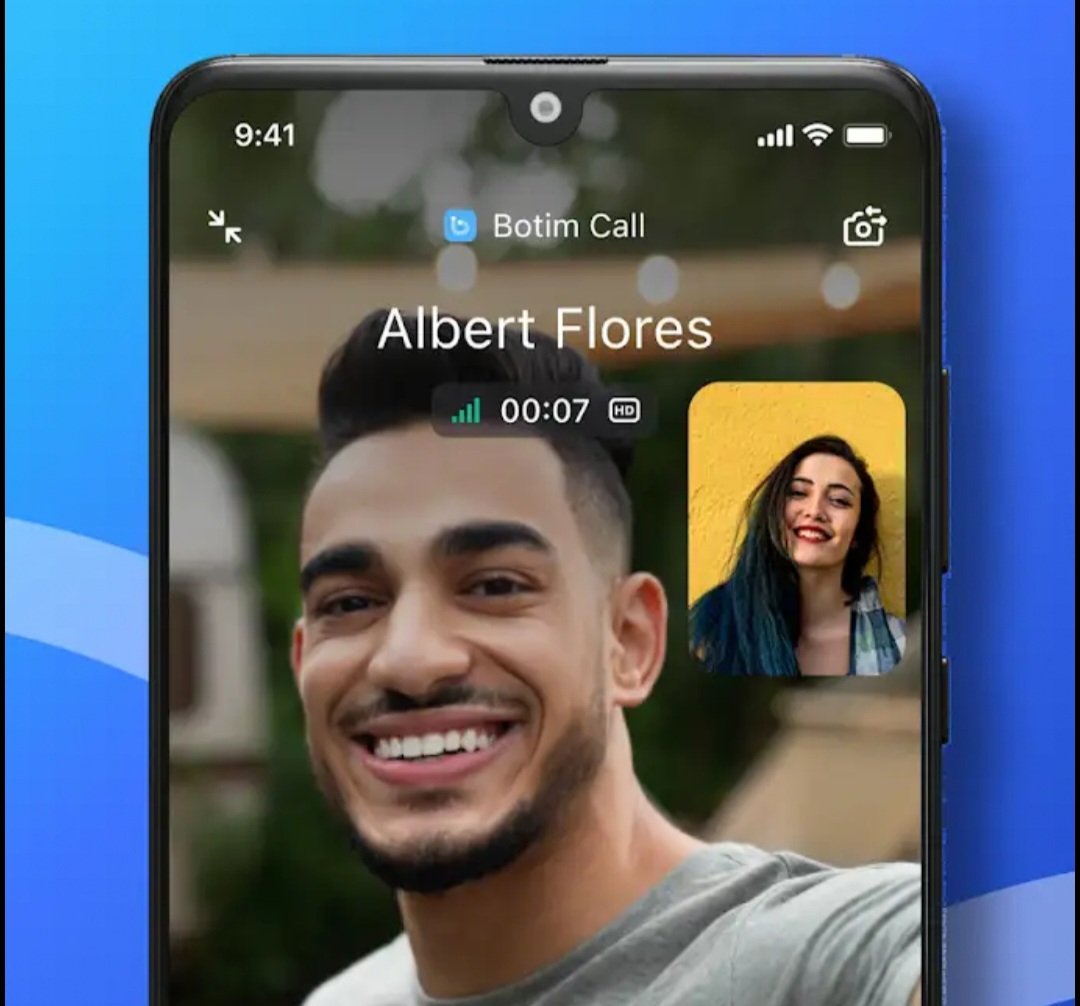How to recover deleted photo and video
DiskDigger photo recovery app
Introduction to DiskDigger photo recovery app
Are you heartbroken over accidentally deleting precious photos from your phone? Don’t worry, we’ve all been there. But what if I told you there’s a magic app that can bring those memories back to life? Yes, you heard it right! Introducing DiskDigger photo recovery app – the ultimate savior for retrieving lost or deleted photos. Say goodbye to the days of despair and let’s dive into how this incredible app works and why it should be every smartphone user’s best friend. So grab a cup of coffee, sit back, and get ready to witness the wonders of DiskDigger!
How does the app work?
How does the DiskDigger photo recovery app work? Let’s dive into the technical aspects of this powerful tool.
DiskDigger utilizes advanced algorithms to scan your device’s internal storage or external memory card for deleted or lost photos. Once you launch the app, it begins a thorough search, looking for traces of deleted images that can still be recovered.
When you delete a photo from your device, it doesn’t actually disappear immediately. Instead, its space is marked as available for reuse by other data. DiskDigger takes advantage of this fact and scans every sector on your storage media to identify these remnants of deleted photos.
The app then reconstructs these fragments and presents them to you in an organized manner within its user-friendly interface. You can preview each recovered image before deciding whether to restore it or not.
It’s worth mentioning that DiskDigger supports various file formats including JPEG, PNG, GIF, BMP, TIFF, and even RAW files from DSLR cameras. This makes it versatile enough to recover almost any type of photo file.
With its straightforward operation and impressive scanning capabilities, DiskDigger offers users a simple yet effective solution for retrieving their precious memories from the digital abyss.
Features of DiskDigger
DiskDigger is a powerful photo recovery app that offers a wide range of features to help you retrieve your lost or deleted photos. One of the key features of DiskDigger is its ability to scan both internal and external storage devices, including SD cards and USB drives, allowing you to recover photos from various sources.
The app supports multiple file formats, including JPEG, PNG, GIF, and even RAW images. This means that no matter what type of photo format you have lost or accidentally deleted, DiskDigger has got you covered.
Another great feature of DiskDigger is its flexibility in terms of scanning options. You can choose between two different scanning modes – “Basic” and “Full”. The Basic mode quickly scans for recently deleted photos while the Full mode performs a more thorough scan by analyzing every sector on your device’s storage.
Furthermore, DiskDigger allows you to preview the recovered photos before saving them back to your device. This feature comes in handy as it helps you identify which images are worth recovering and ensures that you don’t waste precious storage space on unwanted files.
In addition to photo recovery capabilities, DiskDigger also provides an option for permanent file deletion. This feature ensures that any sensitive or confidential photos can be securely erased from your device without leaving any traces behind.
With its extensive range of features such as versatile scanning options and support for multiple file formats, DiskDigger stands out as an excellent choice for anyone looking to recover their lost or deleted photos effortlessly. Give it a try today!
Benefits of using DiskDigger
When it comes to recovering lost or deleted photos from your device, DiskDigger is a game-changer. With its powerful features and user-friendly interface, this app offers numerous benefits that make it stand out from the crowd.
One of the major advantages of using DiskDigger is its compatibility with both Android and Windows devices. Whether you’re using a smartphone or a computer, you can easily retrieve your precious memories in just a few clicks.
Another benefit is the deep scan feature offered by DiskDigger. This advanced technology allows the app to search through every nook and cranny of your device’s storage to locate any recoverable images. No more worrying about missing out on those cherished moments!
Furthermore, DiskDigger supports a wide range of image file formats including JPEG, PNG, GIF, and even RAW files. This means that regardless of how you took your pictures or what format they are saved in, DiskDigger will be able to recover them for you.
Additionally, DiskDigger offers different recovery options based on your specific needs. You can choose between recovering only certain types of files or retrieving all deleted photos at once. This flexibility ensures that you have full control over the recovery process.
Lastly but certainly not least important is the speed at which DiskDigger operates. Thanks to its efficient algorithms and optimized scanning techniques, this app delivers quick results without compromising on accuracy. Say goodbye to lengthy waiting times!
In conclusion (without officially concluding), it’s clear that choosing DiskDigger as your go-to photo recovery app comes with numerous benefits such as compatibility across devices, deep scanning capabilities for thorough retrieval searches, support for various file formats including RAW files if needed , flexible recovery options tailored to individual preferences ,and fast operations so users don’t have long wait times before getting their memories back!
Comparison with other photo recovery apps
When it comes to photo recovery apps, there are many options available in the market. However, DiskDigger stands out as a reliable and efficient choice for recovering deleted photos from your device. Let’s take a look at how DiskDigger compares to other photo recovery apps.
One of the key advantages of DiskDigger is its compatibility with both Android and Windows devices. This means that no matter what operating system you use, you can rely on DiskDigger to help recover your precious memories.
In terms of features, DiskDigger offers a wide range of options for scanning and recovering photos. It supports different file formats such as JPEG, PNG, GIF, and even RAW files. Moreover, it allows you to choose between two scanning methods: basic scan or deep scan.
Compared to other similar apps in the market, DiskDigger has proven to be highly effective in retrieving lost or deleted photos. Its user-friendly interface makes it easy for anyone – regardless of their technical expertise – to navigate through the recovery process smoothly.
While other photo recovery apps may offer similar functionalities, they might lack the efficiency and reliability that sets DiskDigger apart from the rest. With its powerful scanning algorithms and comprehensive file format support, this app provides an excellent solution for restoring your treasured photographs.
In conclusion (not conclusive), when considering photo recovery apps, don’t settle for anything less than the best – choose DiskDigger!
Tips for using DiskDigger effectively
1. Choose the right scan mode: DiskDigger offers two scanning modes – “Basic Scan” and “Full Scan”. The Basic Scan is quicker but may not be as thorough as the Full Scan. Assess your situation and choose the appropriate scan mode accordingly.
2. Select specific file types: By default, DiskDigger scans for all file types. However, you can save time by selecting specific file formats to recover. For example, if you only want to retrieve photos, deselect other file types like documents or videos.
3. Use filters: To narrow down your search results, utilize the various filters provided by DiskDigger. You can filter files based on size, date modified, or even by entering keywords in the search bar.
4. Save recovered files to a different location: It’s crucial to avoid saving recovered files back onto the same drive from which they were lost or deleted. This helps prevent overwriting of data and increases chances of successful recovery.
5. Regularly backup your important files: Prevention is always better than cure! Regularly backing up your important photos and other data ensures that even if they are accidentally deleted or lost due to hardware failure, you still have a copy readily available.
Remember these tips while using DiskDigger photo recovery app for maximizing its effectiveness in recovering your precious memories!
Conclusion and recommendation
In this digital age, where our smartphones have become an integral part of our lives, it’s essential to have a reliable photo recovery app like DiskDigger. This powerful tool offers a simple and effective solution for retrieving lost or deleted photos from your Android device.
With its user-friendly interface and advanced scanning algorithms, DiskDigger makes the process of recovering lost photos a breeze. Whether you accidentally deleted your precious memories or experienced data loss due to a system crash or SD card corruption, DiskDigger can help you retrieve those images in just a few clicks.
One of the standout features of DiskDigger is its ability to recover various image formats, including JPEG, PNG, GIF, and even RAW files. It also supports both internal storage and external SD cards, ensuring that no matter where your photos are stored on your device, DiskDigger can find them.
Another advantage of using DiskDigger is its flexibility in terms of file selection. You can choose to recover all deleted photos at once or selectively pick individual images that you want to restore. This feature comes in handy when you only need specific pictures back instead of restoring everything.
Compared to other photo recovery apps available on the market today, DiskDigger stands out with its speed and accuracy. The app quickly scans your device for recoverable images without compromising their quality during the retrieval process. Its intuitive design makes it accessible for users with varying levels of technical expertise.
To make the most out of DiskDigger’s capabilities, here are some tips:
1. Act promptly: If you realize that you’ve accidentally deleted important photos or encountered data loss issues on your Android device, stop using it immediately to prevent overwriting the space occupied by those files.
2. Keep backups: Regularly backup your photos either manually or through cloud services so that if any mishap occurs in the future; you have copies readily available.
3. Enable USB debugging: For better results, enable USB debugging mode in your Android settings before using Disk



